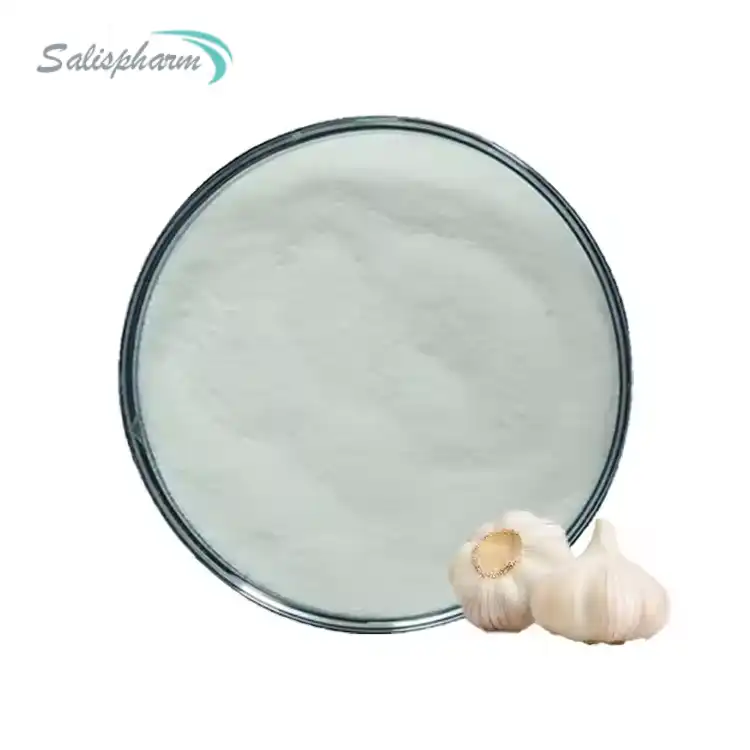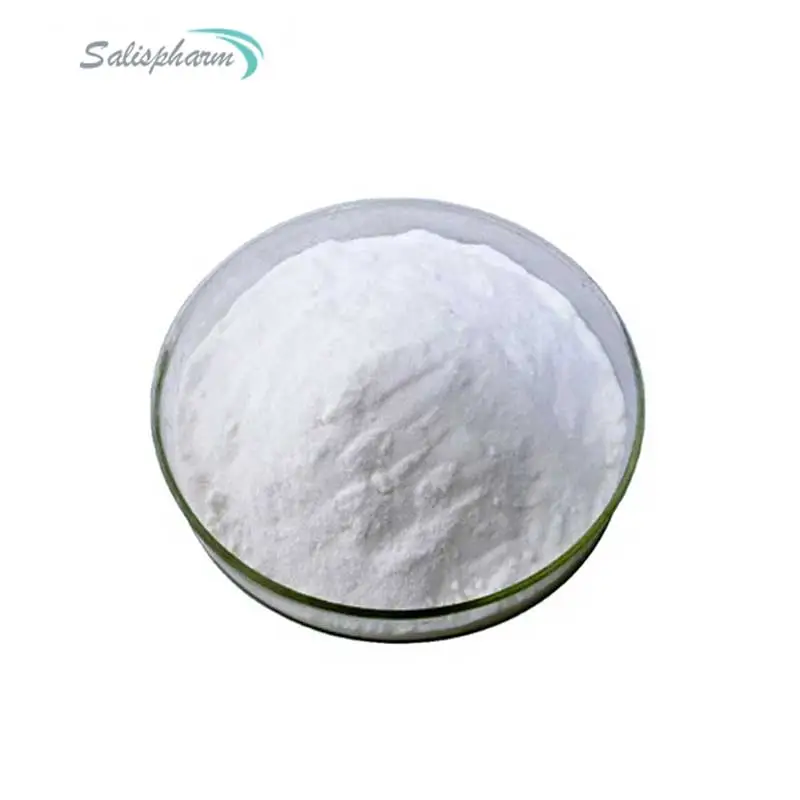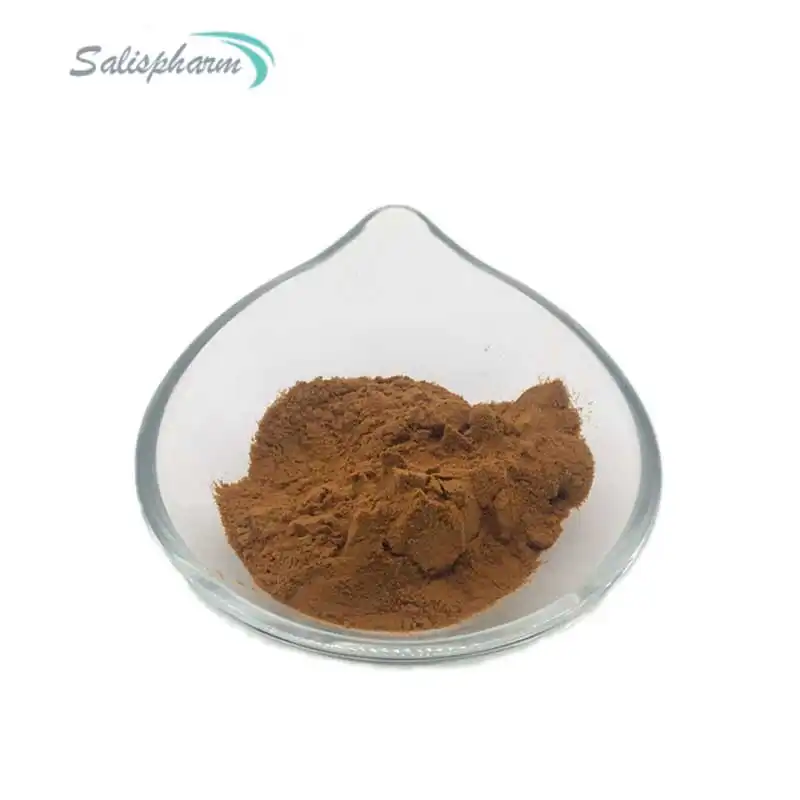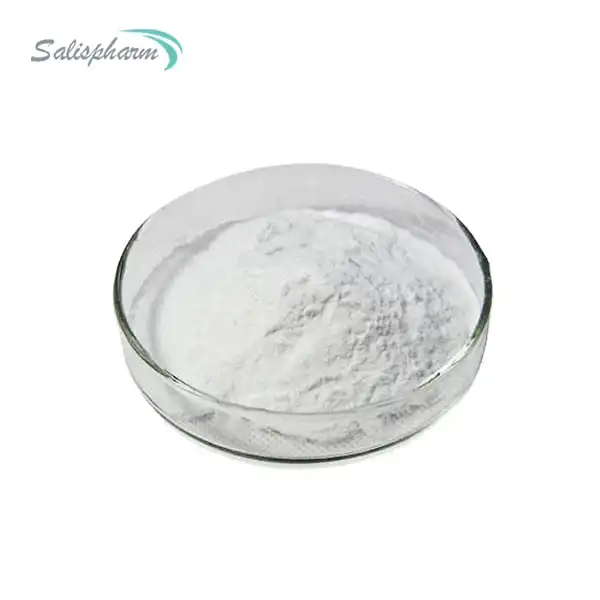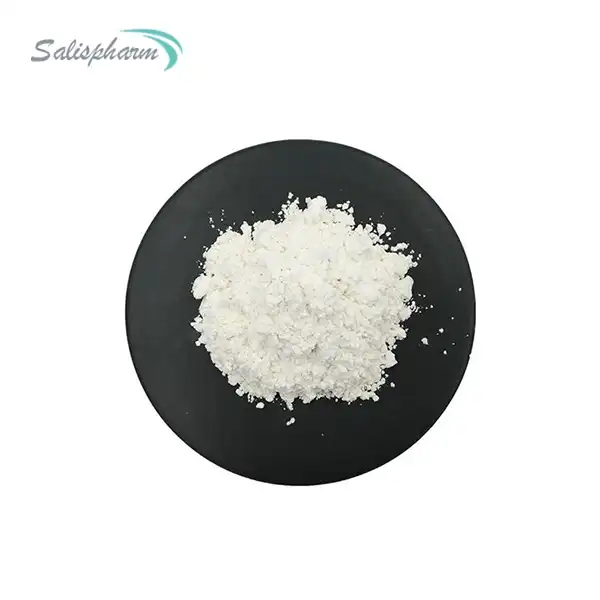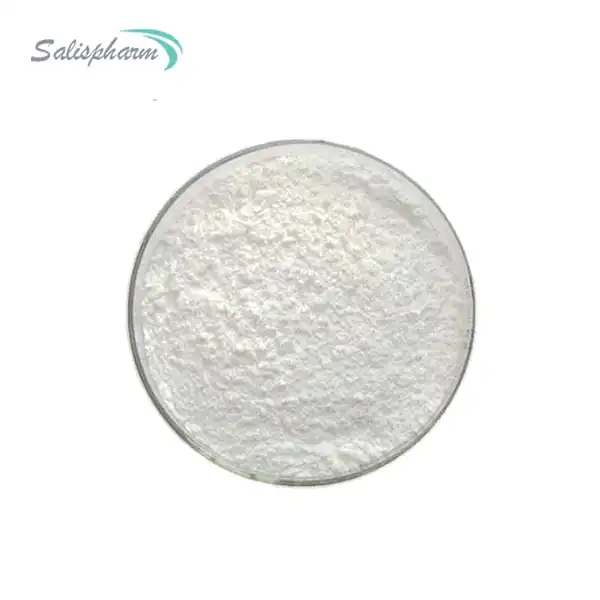The world of skincare is vast and complex, filled with an array of ingredients that promise to address various skin concerns. Among these, skin lightening agents have garnered significant attention due to their ability to treat hyperpigmentation and other pigmentary disorders. Two compounds that often come up in discussions about skin lightening are Monobenzone Powder and hydroquinone. While both are used for their depigmenting properties, they are distinct substances with different applications and effects. This article aims to demystify these compounds, exploring their unique characteristics, uses, and potential impacts on skin health.
What Are the Key Differences Between Monobenzone and Hydroquinone?
Monobenzone and hydroquinone, though often mentioned in the same breath when discussing skin lightening treatments, are fundamentally different compounds with distinct properties and applications.
Hydroquinone is a widely recognized and extensively studied skin-lightening agent. It's commonly used to treat various forms of hyperpigmentation, including melasma, age spots, and post-inflammatory hyperpigmentation. The mechanism of action for hydroquinone involves inhibiting the enzyme tyrosinase, which plays a crucial role in melanin production. By doing so, hydroquinone effectively reduces the amount of melanin in the skin, leading to a lighter complexion over time.
Hydroquinone is available in various concentrations, typically ranging from 2% to 4% in over-the-counter products, with higher concentrations available by prescription. Its effects are generally reversible, meaning that if treatment is discontinued, the skin's natural pigmentation process can resume.
On the other hand, monobenzone is a more potent and less frequently used depigmenting agent. Unlike hydroquinone, which primarily inhibits melanin production, monobenzone works by destroying melanocytes - the cells responsible for producing melanin. This destruction is permanent, leading to irreversible depigmentation of the treated areas.

Due to its potent and irreversible effects, monobenzone is reserved for specific medical conditions where complete and permanent depigmentation is desired. The most common application of monobenzone is in the treatment of extensive vitiligo, a condition characterized by patches of skin losing their pigment. In cases where more than 50% of the body is affected by vitiligo, dermatologists might recommend using monobenzone to depigment the remaining pigmented areas, creating a more uniform appearance.
The stark difference in their mechanisms of action and potency means that these two compounds are not interchangeable. While hydroquinone is suitable for treating localized areas of hyperpigmentation with the goal of evening out skin tone, Monobenzone Powder's use is limited to cases where total depigmentation is the desired outcome.
Can Monobenzone Powder Be Used as a Substitute for Hydroquinone Powder in Skin Treatments?
Given the significant differences between monobenzone and hydroquinone, it's crucial to understand that monobenzone powder cannot and should not be used as a substitute for hydroquinone powder in skin treatments.
Hydroquinone is designed for targeted lightening of specific areas of hyperpigmentation. Its effects are generally reversible, allowing for more flexibility in treatment. If a patient decides to discontinue use, the skin can potentially return to its original pigmentation over time. This makes hydroquinone suitable for a wide range of skin concerns and cosmetic purposes.
Conversely, monobenzone's effects are permanent and widespread. Once applied, it doesn't just lighten the targeted area but can potentially depigment surrounding skin and even distant untreated areas of the body. This is due to its ability to spread through the bloodstream and affect melanocytes throughout the body.
The irreversible nature of monobenzone's effects makes it a last-resort treatment, used only in specific medical scenarios where complete depigmentation is the goal. It's not suitable for general skin lightening or treating isolated areas of hyperpigmentation.
Furthermore, the use of Monobenzone Powder requires careful consideration and should only be undertaken under strict medical supervision. The decision to use monobenzone is not taken lightly, as it has lifelong implications for the patient's appearance and skin health.
It's worth noting that in many countries, monobenzone is a prescription-only medication due to its potent effects and potential risks. Hydroquinone, while also regulated, is more widely available and can be found in over-the-counter formulations in some regions.

How Do Monobenzone and Hydroquinone Affect the Skin, and Are There Any Side Effects?
While both monobenzone and hydroquinone affect melanin production in the skin, their mechanisms of action and potential side effects differ significantly.
Hydroquinone works by inhibiting the enzyme tyrosinase, which is essential for melanin production. It also affects the formation, melanization, and degradation of melanosomes, which are organelles in melanocytes where melanin is produced and stored. The result is a gradual lightening of the treated areas as existing pigment fades and new pigment formation is reduced.
Common side effects of hydroquinone include mild skin irritation, redness, and dryness, especially when treatment is first initiated. These effects often subside as the skin adjusts to the treatment. In rare cases, prolonged use of high-concentration hydroquinone can lead to ochronosis, a condition characterized by blue-black pigmentation of the skin. This risk is higher in individuals with darker skin tones and with the use of high concentrations over extended periods.
Monobenzone, on the other hand, has a more drastic effect on the skin. It doesn't just inhibit melanin production; it actively destroys melanocytes. This leads to complete and permanent depigmentation of the treated areas. Moreover, due to its ability to enter the bloodstream, monobenzone can potentially affect untreated areas of skin, leading to patchy depigmentation across the body.
The side effects of Monobenzone Powder are more severe and long-lasting compared to hydroquinone. These can include:
1. Irreversible loss of skin color: This is not just a side effect but the primary action of monobenzone. Once the skin is depigmented, it cannot regain its original color.
2. Increased sensitivity to sunlight: Depigmented skin lacks the natural protection provided by melanin, making it highly susceptible to sun damage and increasing the risk of skin cancer.
3. Skin irritation and inflammation: Especially during the initial stages of treatment, monobenzone can cause significant skin irritation, redness, and itching.
4. Ocular and respiratory irritation: If the medication comes into contact with the eyes or is inhaled, it can cause irritation to these sensitive areas.
5. Psychological impact: The dramatic and permanent change in appearance can have significant psychological effects on some individuals.
Given these potential side effects, the decision to use either hydroquinone or monobenzone should be made carefully, with a thorough understanding of the risks and benefits. It's crucial to consult with a dermatologist or qualified healthcare professional before starting any skin lightening treatment.
Conclusion
Understanding the distinct properties and applications of Monobenzone Powder and hydroquinone is crucial for anyone considering skin lightening treatments. While both compounds are used in dermatology for their depigmenting effects, they are far from interchangeable.
Hydroquinone remains a widely used and generally safe option for treating localized areas of hyperpigmentation when used as directed under medical supervision. Its reversible effects and well-documented safety profile make it suitable for a range of skin concerns.
Monobenzone, with its potent and irreversible depigmenting action, is reserved for specific medical conditions where complete depigmentation is necessary. Its use requires careful consideration of the long-term implications and should only be undertaken under strict medical supervision.
The key takeaway is that these compounds should never be used interchangeably or without proper medical guidance. The decision to use any skin lightening agent should be made in consultation with a dermatologist, taking into account the individual's specific skin condition, overall health, and desired outcomes.
As research in dermatology continues to advance, new treatments and alternatives to traditional depigmenting agents may emerge. It's essential for both healthcare providers and patients to stay informed about the latest developments in this field to ensure the safest and most effective treatments for pigmentary disorders.
Ultimately, the goal of any skin treatment should be to achieve healthy, even-toned skin while prioritizing overall skin health and safety. Whether dealing with hyperpigmentation or more complex pigmentary disorders, a comprehensive approach that considers all available treatment options, potential risks, and long-term outcomes is crucial for achieving the best results.
If you are also interested in this product and want to know more product details, or want to know about other related products, please feel free to contact iceyqiang@gmail.com.
References:
1. Taylor, S. C. (2002). Skin lightening preparations and the hydroquinone controversy. Cutis, 70(1), 41-48.
2. Grimes, P. E. (1999). The safety and efficacy of depigmenting agents. Seminars in Cutaneous Medicine and Surgery, 18(3), 152-158.
3. Halder, R. M., & Richards, G. W. (1987). Hair and skin diseases in blacks. Cutis, 39(4), 363-367.
4. Draelos, Z. D. (2007). The skin lightening cream controversy. Dermatologic Therapy, 20(5), 308-313.
5. Ortonne, J. P. (1990). Depigmenting agents and their applications in dermatology. Journal of the American Academy of Dermatology, 22(6), 1078-1080.
6. Lim, J. T., & Tham, S. Y. (2009). A comparison of the efficacy and safety of depigmenting agents in the treatment of melasma. Journal of the European Academy of Dermatology and Venereology, 23(6), 653-660.
7. Njoo, M. D., Vodegel, R. M., Westerhof, W., & Bos, J. D. (2000). Depigmentation therapy in vitiligo universalis with topical 20% monobenzone ointment versus 20% azelaic acid cream. Journal of the American Academy of Dermatology, 43(6), 994-1004.
8. Ortonne, J. P., & Arellano, I. (2004). Treatment of pigmentary disorders: an update. Journal of the European Academy of Dermatology and Venereology, 18(Suppl 1), 9-13.
9. Lerner, A. B., & Fitzpatrick, T. B. (1973). The action of hydroquinone on normal and melanoma cells. Journal of Investigative Dermatology, 60(4), 252-261.
10. Halder, R. M., & Nootheti, P. K. (2003). Generalized fixed drug eruption due to hydroquinone in a skin lightening cream. Dermatology Online Journal, 9(2), 5.

